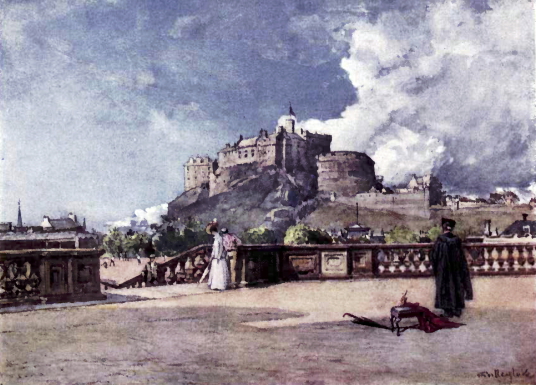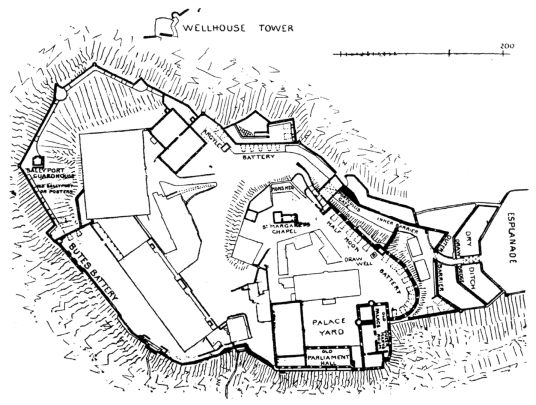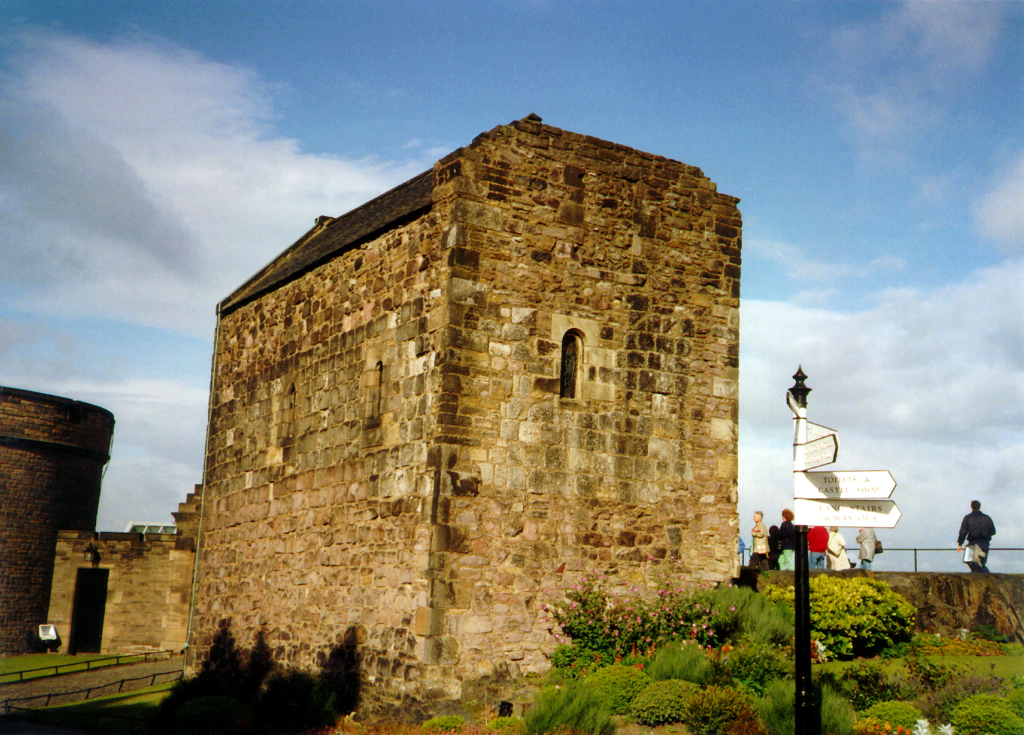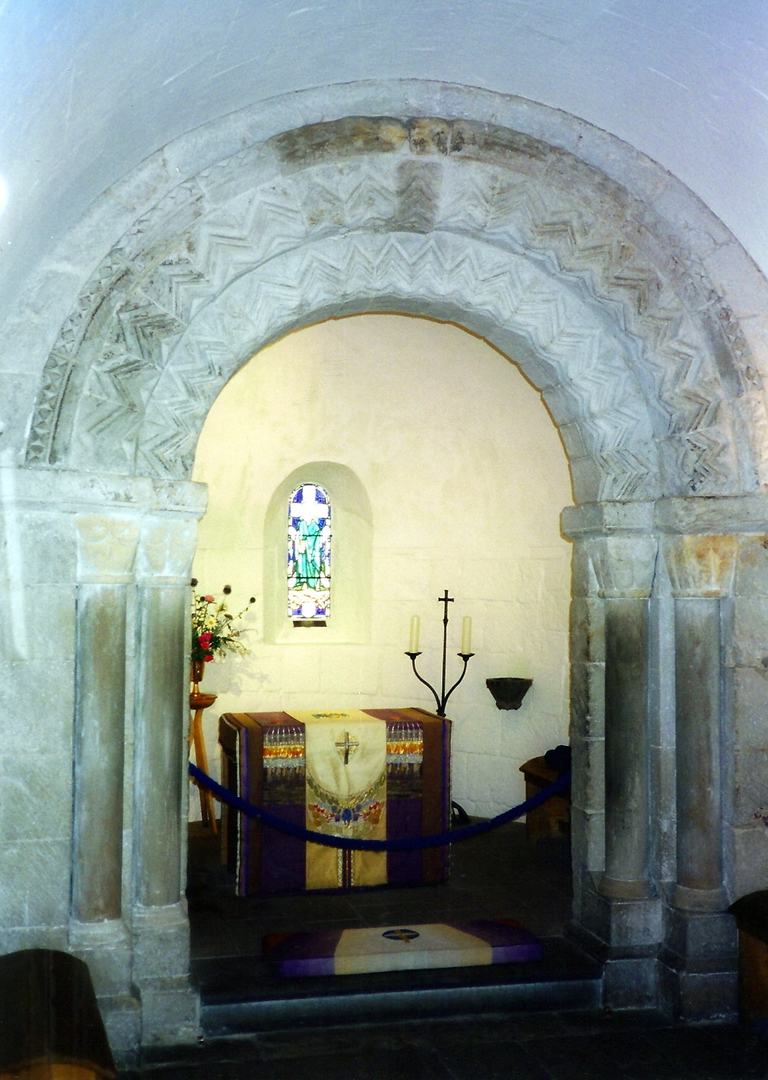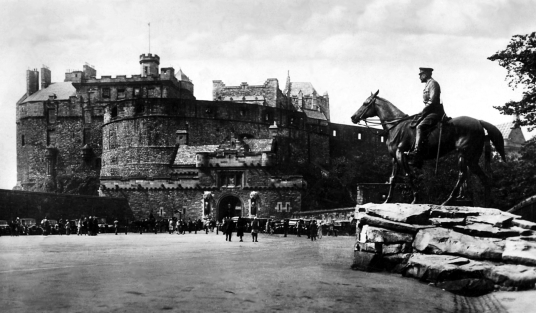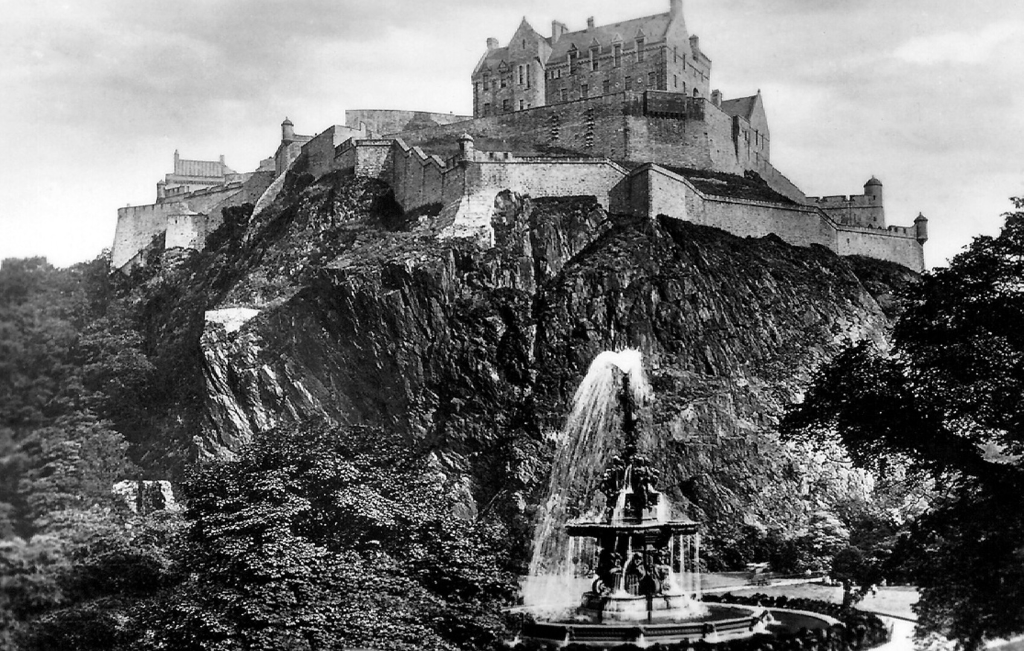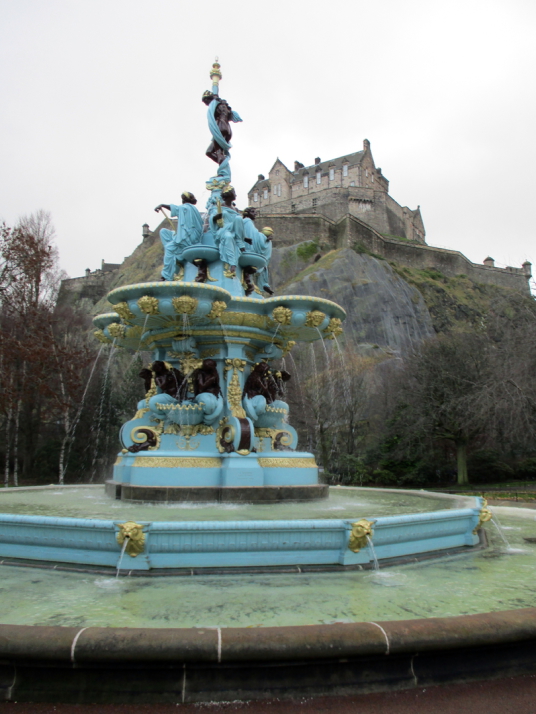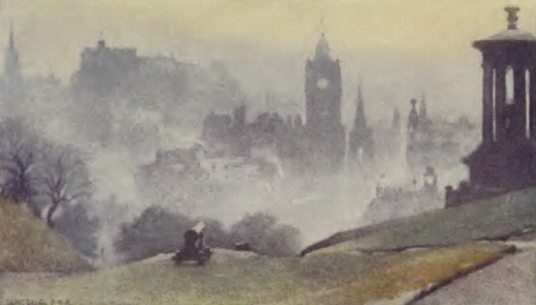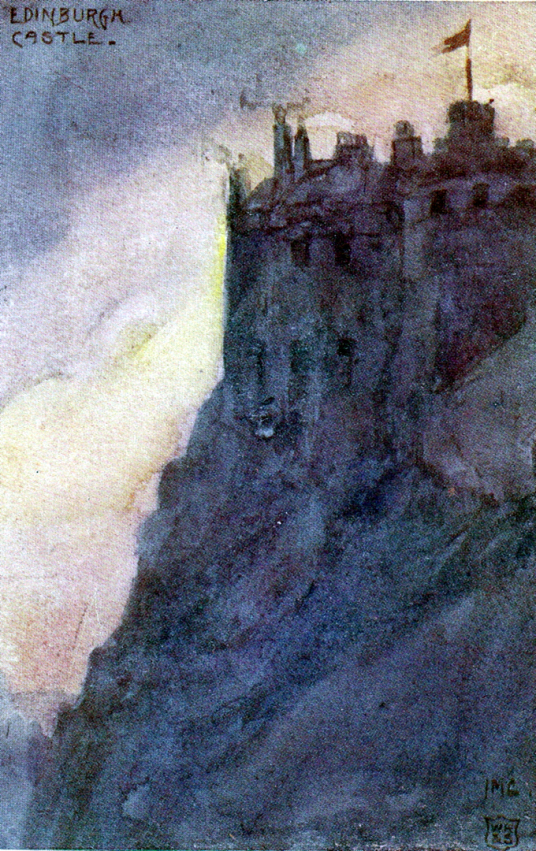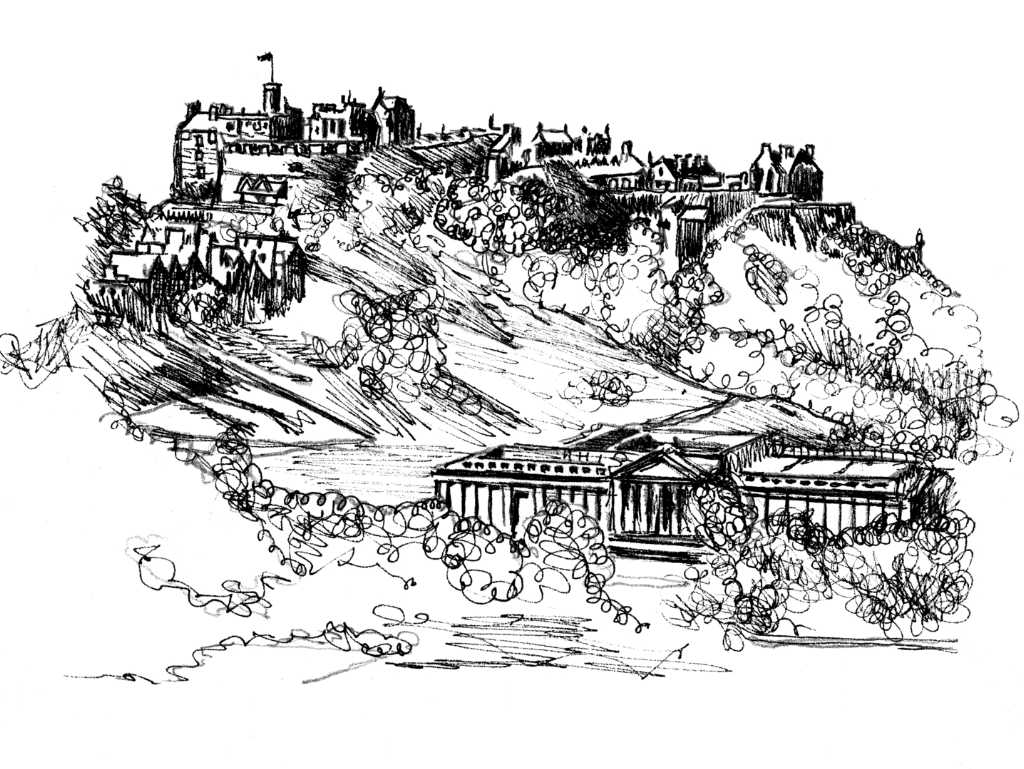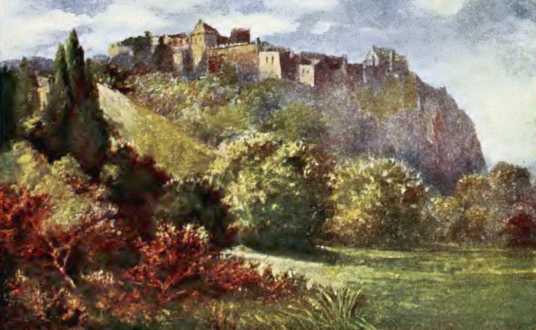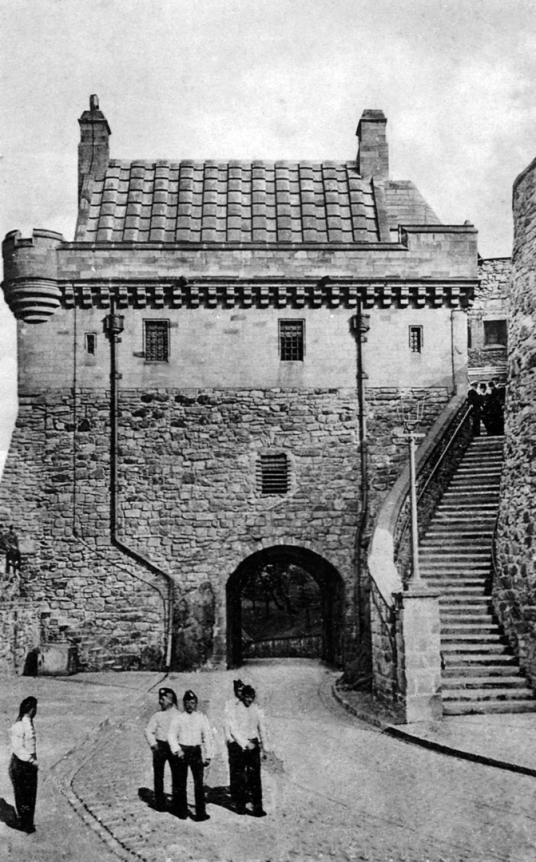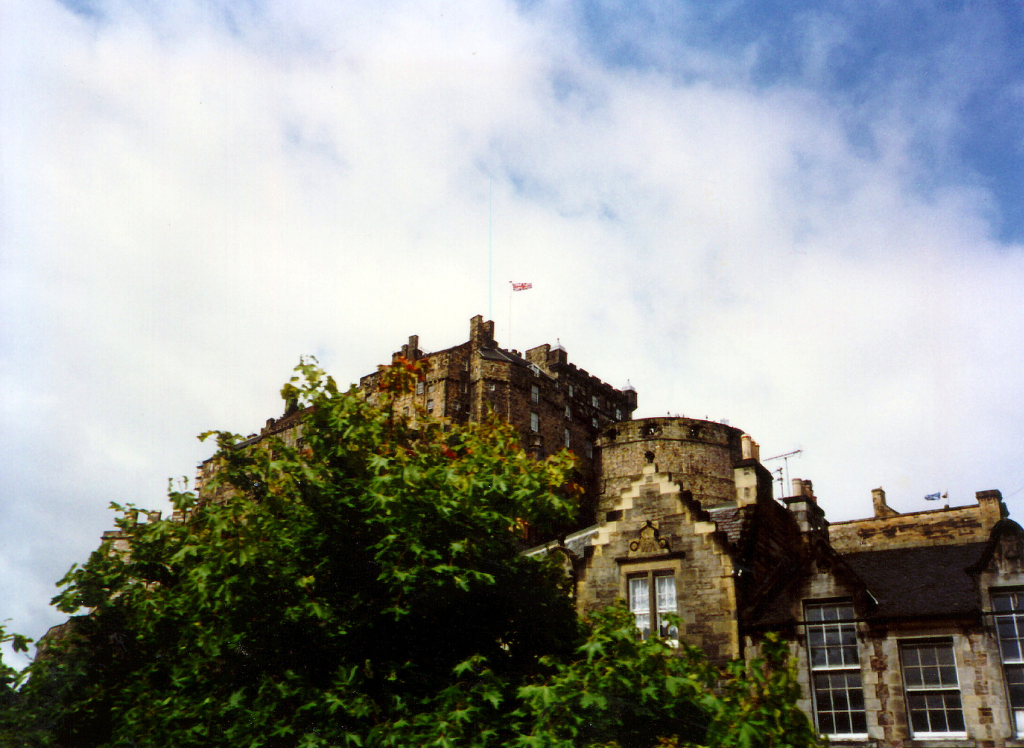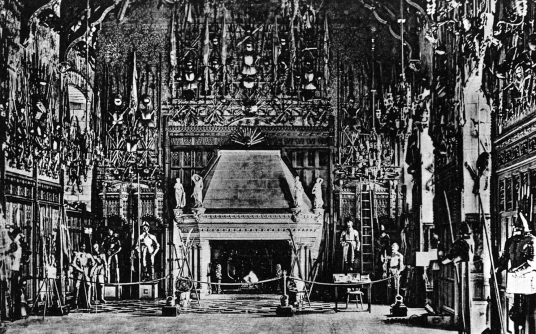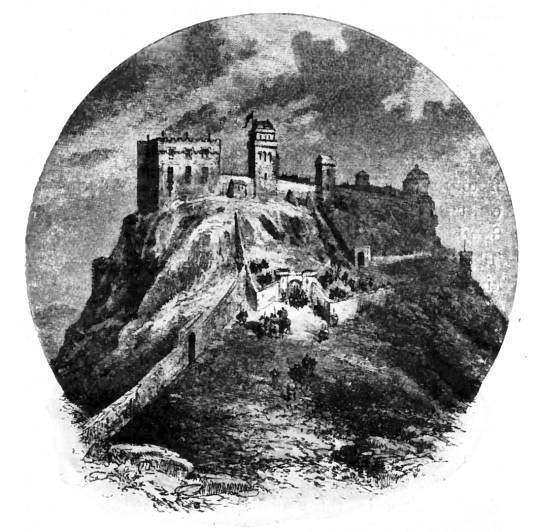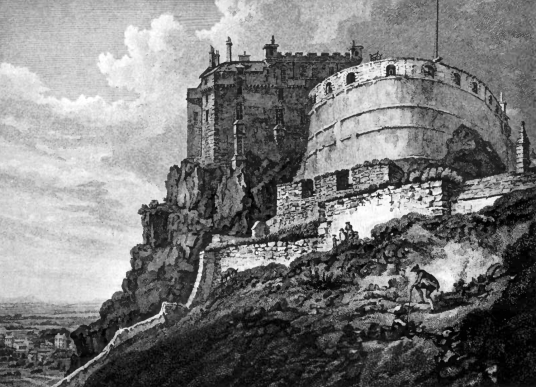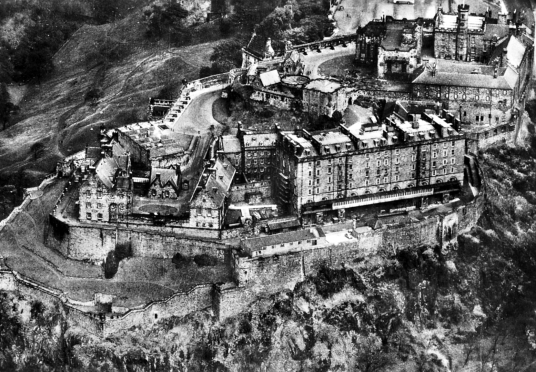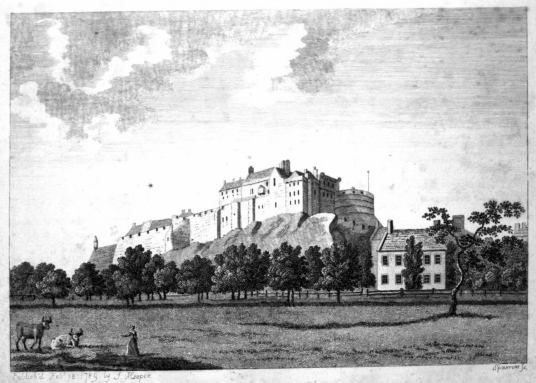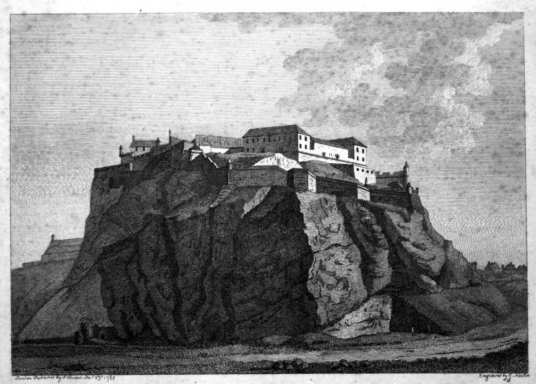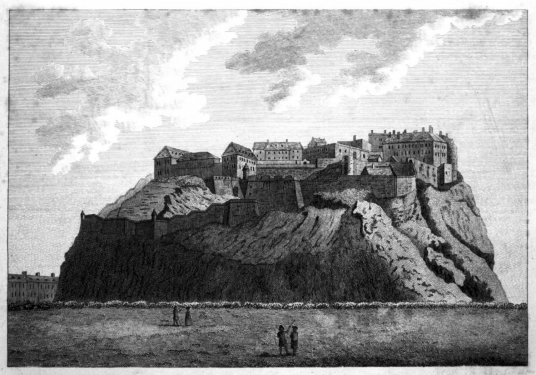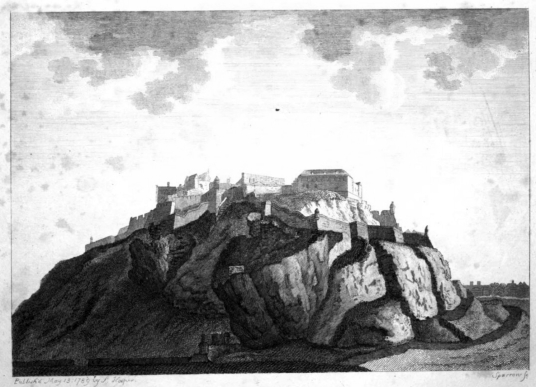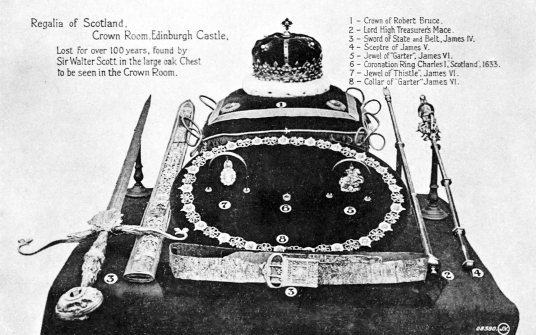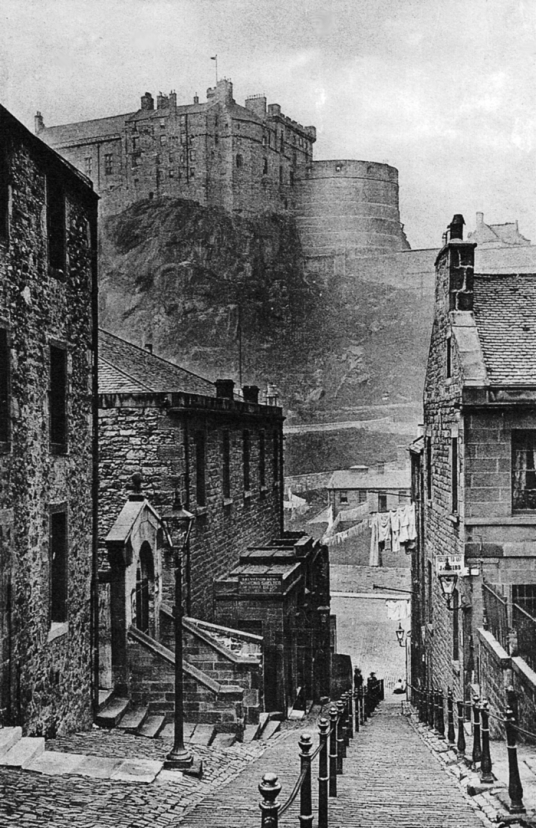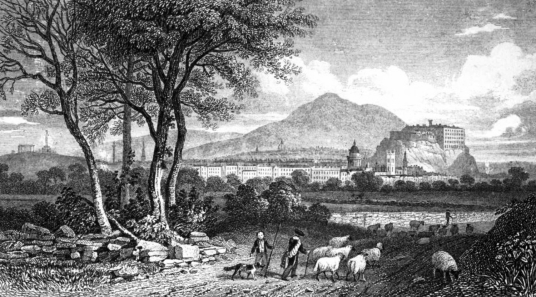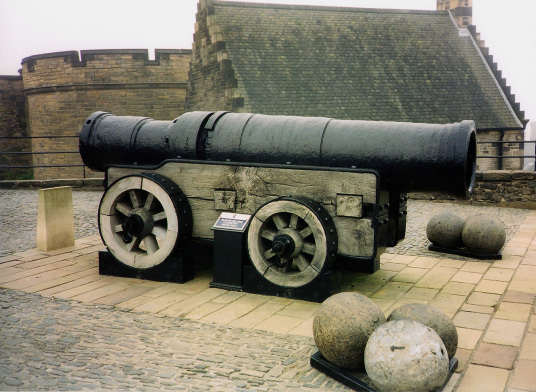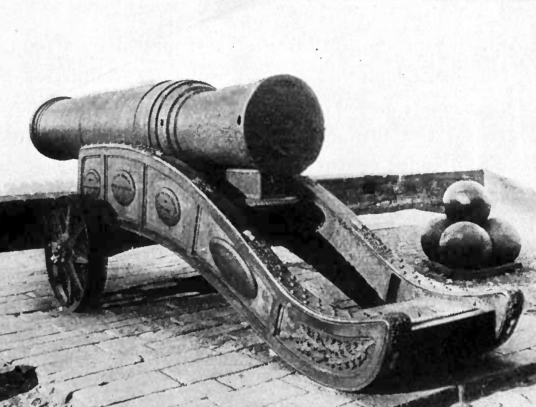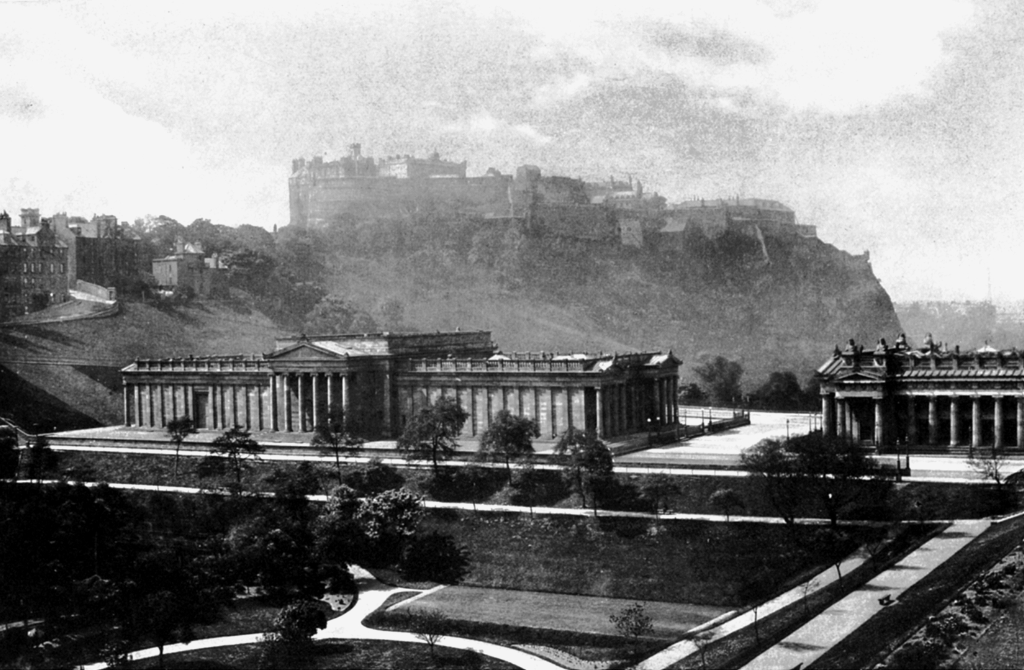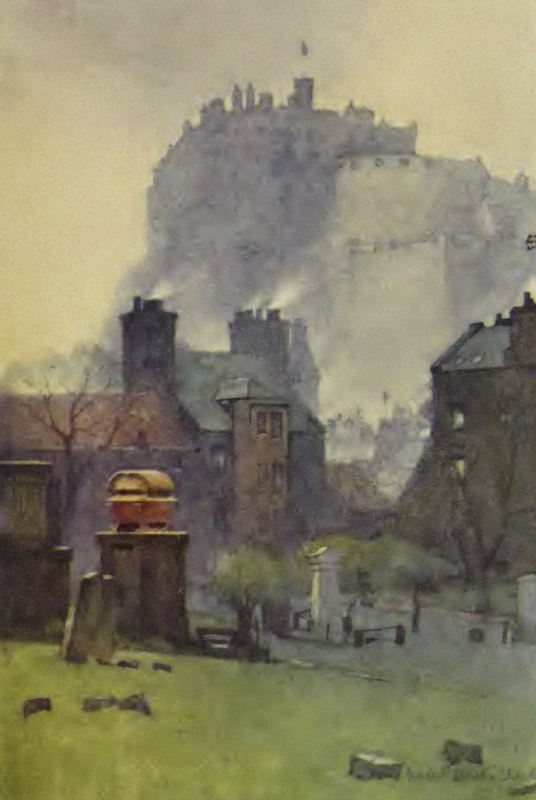Edinburgh Castle
Edinburgh Castle, standing on a rock in the middle of Scotland's capital city, a magnificent fortress and palace, used by the monarchs of Scotland (such as St Margaret and Mary Queen of Scots) as one of the principal strongholds of the kingdom of Scots.
Lothians: In the centre of Edinburgh, on minor road south of A1 (Princes Street), just west of Waverley Station.
HES NT 252735 OS: 66 EH1 2NG
OPEN: Open all year: Apr-Sep, daily 9.30-18.00; Oct-Mar, daily 9.30-17.00; times may be altered during Tattoo and state occasions; closed 25/26 Dec; open 1 Jan 11.00-17.00. Shopes and cafe.
Weddings and events.
Tel: 0131 225 9846 Web: www.edinburghcastle.gov.uk
Standing on a high rock, Edinburgh Castle was one of the strongest and most important castles in Scotland and, although the present complex of buildings dates from no earlier than the 15th century, it has a long and bloody history.
There was a fortress on the castle rock from the earliest times, but the oldest building is a small Norman chapel of the early 12th century, dedicated to St Margaret, wife of Malcolm Canmore. After Malcolm’s death at Alnwick in 1093, and then St Margaret’s a few days later, the castle was besieged by his brother, Donald Bane, in support of his claim to the throne. Margaret’s body was smuggled out and buried in Dunfermline Abbey. The chapel was being used as a gunpowder store in the 16th century, but has been restored.
In 1173, after the capture of William I the Lyon at Alnwick, it was surrendered to the English, but later recovered by the Scots.
The castle had an English garrison from 1296 until 1313 during the Wars of Independence, when the Scots, led by Thomas Randolph, climbed the rock, surprised the garrison, and retook it. The castle was slighted, but there was an English garrison here again until 1341, when it was retaken by a Scottish force disguised as merchants bringing provisions to the garrison.
In 1367-71 David II rebuilt the castle with strong curtain walls and towers, and a large L-plan keep, David’s Tower, which was named after him.
After the murder of William, the young 6th Earl of Douglas, and his brother David at the ‘Black Dinner’ at the castle in 1440 (also see Crichton Castle), it was attacked and captured by the Douglases after a 9-month siege, and required substantial repairs.
James III’s brother, Alexander, Duke of Albany, escaped after being imprisoned in David's Tower in 1479. James, himself, was confined in the tower by his nobles in 1482, but Alexander returned from exile, took his side, and had him released.
A new great hall was built in 1483, and other repairs were executed in 1511 for James IV and this remains a very impressive chamber with a magnificent wooded roof, but increasingly the royal palaces of Linlithgow, Stirling, Falkland and Holyroodhouse, were favoured as comfortable residences over the castle – although the castle remained of vital importance as the state armoury, prison, record repository, and major fortress of Edinburgh.
Mary of Guise died at the castle in 1560. In 1566 Mary, Queen of Scots, gave birth to the future James VI in the palace of the castle. After her abdication, it was held on her behalf, until English help forced it to surrender in 1573. Having been badly damaged by artillery, the castle was rebuilt to such an extent afterwards, and in subsequent periods, that all that survives of David’s Tower is embedded in the Half Moon Battery. James VI used the palace during his visit to Scotland in 1617, and Charles I was the last king to sleep at the castle, staying here in 1633, the night before his Scottish coronation.
The castle was captured in 1640 after a three-month siege by the Covenanters, and Cromwell besieged it throughout the autumn of 1650. Much new work on the fortifications was done by Charles II, and many of the present buildings date from the 17th and 18th centuries. The great hall was converted into a barracks until the army left this part of the castle in 1886 and the chamber was then restored.
The Jacobites failed to take it in both the 1715 and 1745 Jacobite Risings, although some of them were incarcerated in it later, as were Napoleonic prisoners of war in the early 19th century, some of whom nearly escaped.
Views of the castle from Grose (1788 and 1789)
The castle is the home to the Scottish crown jewels, known as the Honours of Scotland. The crown was used for the marriage of Mary of Guise in 1540, and for the coronation of the infant Mary, Queen of Scots, in 1543. The crown jewels were hidden in Kinnef Church after being taken to Dunnottar Castle during Cromwells invasion of 1650-51, and were then locked away in a chest in 1707 after the Union of Parliaments. They were recovered by Sir Walter Scott (see Abbotsford) in 1818 and used in the visit of George IV four years later.
The Stone of Destiny or Stone of Scone – on which the monarchs of Scots were inaugurated and then the kings of England from the reign of Edward I in 1296 and then Britain – is also on display, having been returned from Westminster Abbey in 1996.
Among many other attractions is the huge 16th-century cannon Mons Meg (which was used to besiege Dumbarton Castle and Crookston Castle but the barrel burst in 1681), the Scottish War Memorial and the Regimental Museum of the Royal Scots. The castle remains a fascinating complex of buildings with spectacular views over the capital. The esplanade below the castle is used for the Edinburgh military tattoo during August, and the One O’Clock Gun is fired every day at 13.00, except Sundays, Christmas Day and Good Friday.
For the first time, the castle has more than 2,000,000 visitors in one year, in 2017.
The castle is reputedly haunted by many ghosts, including a headless drummer seen in 1960, a ghostly piper sent to search a tunnel leading down towards the High Street, phantoms of prisoners in the vaults, and the spectre of a dog whose remains are buried in the pets’ cemetery. One account also has the place haunted by a spectre of Mary, Queen of Scots, while the esplanade has the ghost of Lady Jane Douglas, who was burnt to death here in 1537 after being accused of witchcraft and treason (see Glamis Castle and www.bogles.co.uk).


